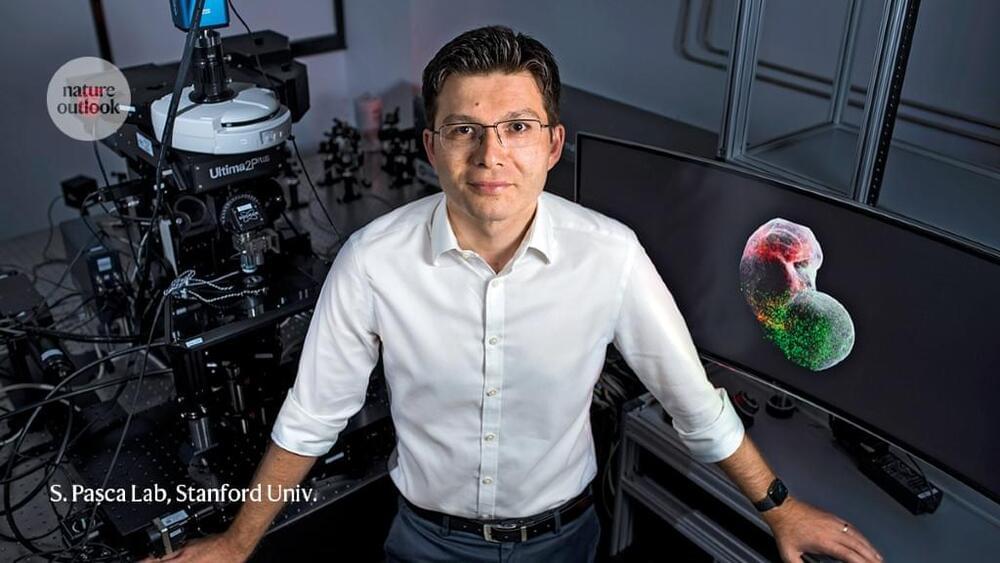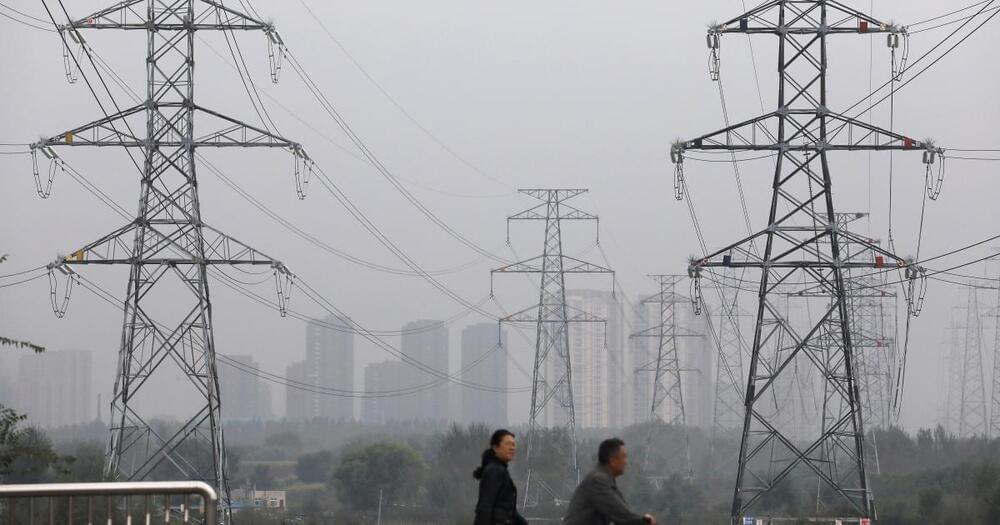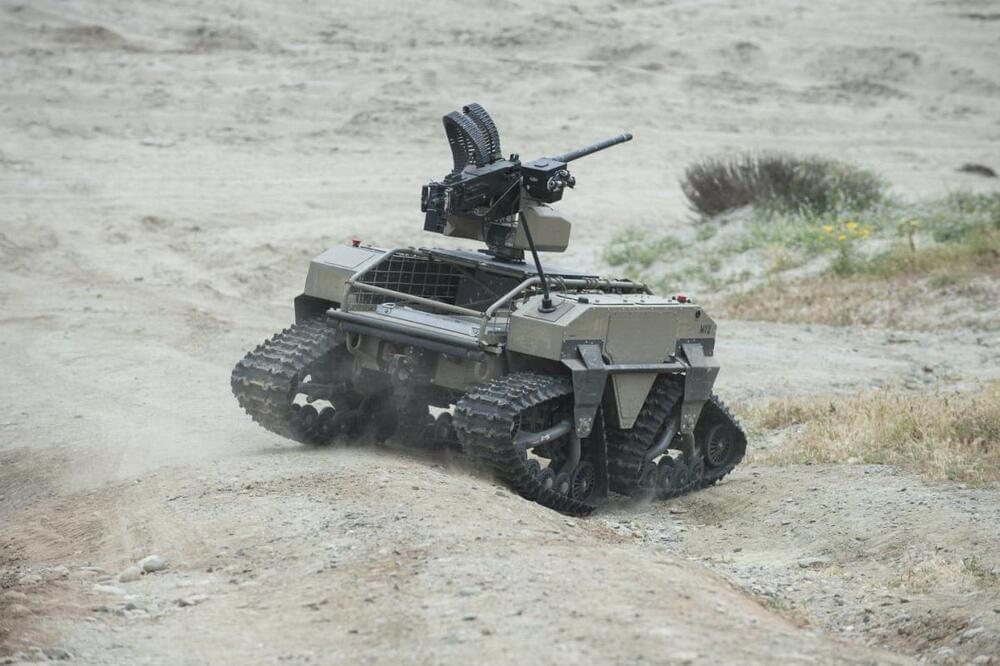Sep 30, 2021
New Insights Into How Metabolism Changes Over the Human Lifespan
Posted by Genevieve Klien in categories: biotech/medical, life extension
Metabolism and total energy expenditure change throughout our lives, and now a new study documents a series of distinct, related changes in unprecedented detail. The data – drawn from a large cohort of humans spanning from birth to old age – shed new light on human development and aging and could help shape targeted nutrition and health strategies across the human lifespan.
The complex machine that is the human body requires a substantial amount of energy to fuel day-to-day physical activity and sustain life. However, while energy use is central to understanding many aspects of human health and physiology, including daily nutritional requirements and metabolic investment in myriad activities, very little is known about total energy expenditure in humans or how it varies over the human lifespan.
Most large-scale surveys of human energy expenditure have focused on basal expenditure, which only accounts for roughly half of total expenditure. And, while doubly labeled water (DLW) studies can provide a measure of total energy expenditure in free-living individuals, they, too, are often limited in sample size and diversity.


















